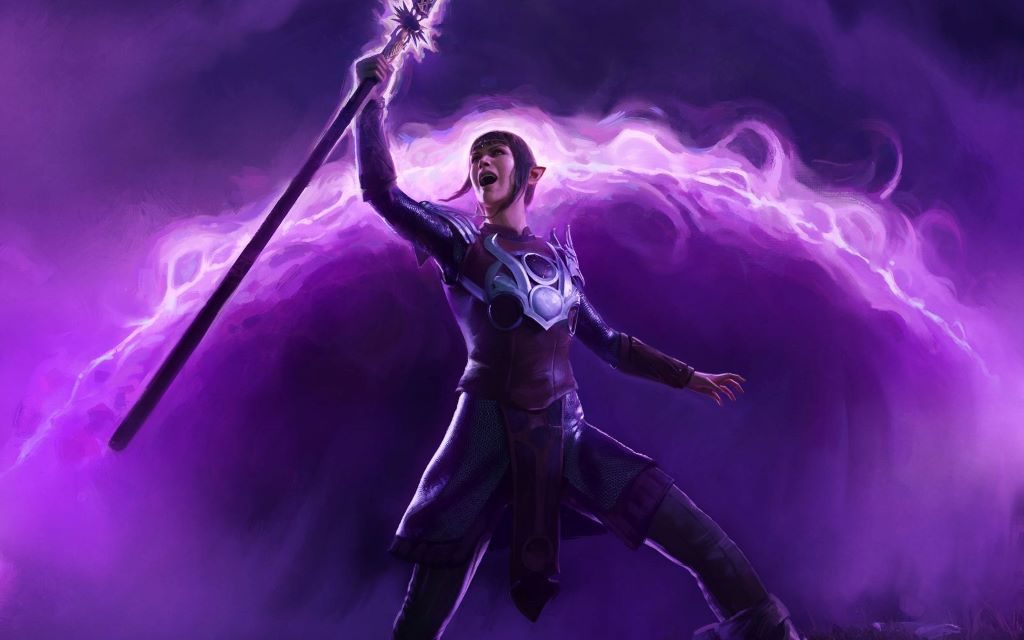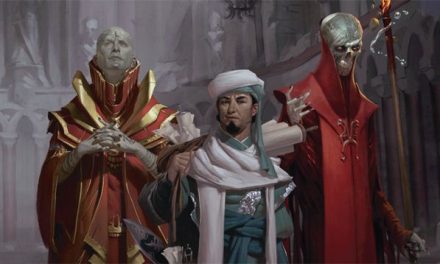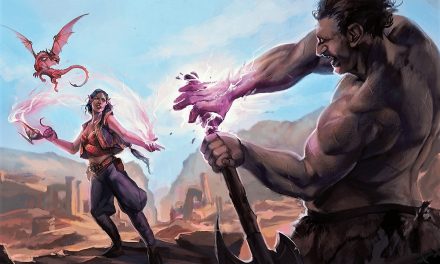Combining the Fighter’s martial prowess with powerful psionic abilities, the Psi Warrior Fighter is a true force to behold!
These warriors have mastered their mental abilities and use them to augment their physical might. This allows them to pull off genuinely impressive feats that defy the laws of physics.
But such power takes great discipline to fully harness.
Your training begins now.
This is the complete subclass guide to the Psi Warrior Fighter in D&D 5e!
What is the Psi Warrior Fighter in D&D 5e?
Through training, fate, or other circumstances, the Psi Warrior Fighter has begun to harness their psychic abilities.
This might come from training as an apprentice under an existing master, learning at a specialized academy, or through their own incredible discipline.
Whatever the case, it’s hard to deny how effective it is.
Psychically empowered attacks, protective barriers of mental energy, and enhanced movement abilities are just the tip of the iceberg!
The Psi Warrior Fighter appears alongside the Rune Knight subclass option in Tasha’s Cauldron of Everything.
Role in the Party
The psionic powers of the Psi Warrior do a lot to expand what these characters are capable of.
If we’re speaking strictly mechanically, you can think of Psi Warriors as a kind of hybrid or step between the Battle Master and the Eldritch Knight.
Psi Warrior Fighters gain extra utility in and out of combat similar to the Eldritch Knight and must also manage a resource like the Battle Master.
However, the Psi Warrior Fighter is also a much more straightforward subclass than the BM and EK.
These Fighters can function well as both ranged and melee combatants. However, I personally think they’re at their best when they’re right up in the action. This is because many of their key features rely on targets being within 30 feet of them.
Because you will want to make sure you’re also investing your Intelligence score for your subclass features, you’ll also be able to bring some knowledge-based utility to the party as well.
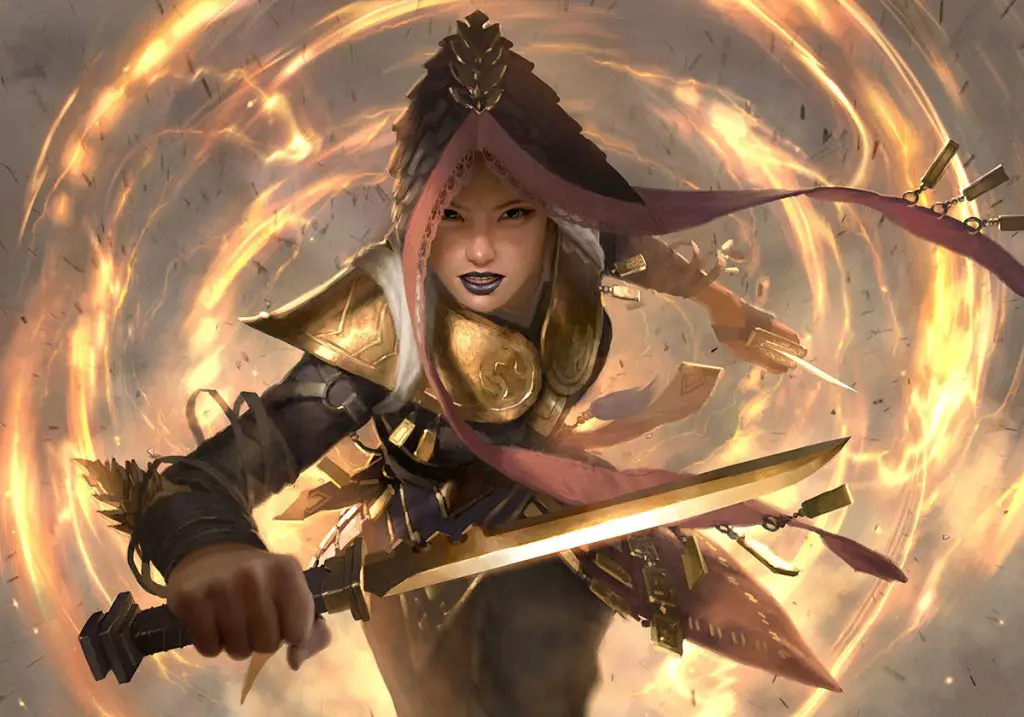
Psi Warrior Fighter Features 5e
You’ll be gaining a ton of incredibly useful features as you level up.
All in all, it’s an excellent kit that will serve you well if you properly manage your Psionic Energy dice.
Just be warned: if you aren’t careful, you can quickly burn through these dice, though. So, make sure that you’re using them decisively and in ways that will have the most significant impact.
With that said, let’s get into the Psi Warrior Fighter features!
Psionic Power (Level 3)
At level 3 you gain your most important resource: your Psionic Energy dice.
These dice are used for powering all of your cool psionic features. As I mentioned, properly managing this resource is the key to playing your Psi Warrior Fighter well.
The amount of Psionic Energy Dice that you get is equal to twice your Proficiency bonus. This means that you will gain more dice as you level up.
These Psionic Energy dice will also get stronger as you level up. They start off as a pool of d6 but will increase in size.
You can see all of this in the table below.
| Level | Dice Size | Number of Dice |
| 3 – 4 | d6 | 4 |
| 5 – 8 | d8 | 6 |
| 9 – 10 | d8 | 8 |
| 11 – 12 | d10 | 8 |
| 13 – 16 | d10 | 10 |
| 17+ | d12 | 12 |
You recover all of your Psionic Energy dice on a long rest. However, you can use a bonus action once per short rest to recover one die.
With the typical “adventuring day” including three short rests, this effectively gives you three extra dice during the day.
So now that we’ve covered the Psionic Energy dice and how they work, let’s get into the unique powers that you’ll be using them for!
Protective Field
We kick things off with a defensive option.
However, this isn’t just useful for defending yourself. You can also use it to offer some extra protection to your allies!
When you or another creature you can see within 30 feet of you takes damage, you can use your reaction to expend one Psionic Energy die, roll the die, and reduce the damage taken by the number rolled plus your Intelligence modifier (minimum reduction of 1), as you create a momentary shield of telekinetic force.
Personally, I think this is the most useful of the three options you gain with your Psionic Power feature.
Damage reduction for yourself or an ally is undoubtedly useful. But don’t ignore how this can be handy for helping your spellcaster maintain concentration on a spell if they get smacked!
As with all of your psionic powers, make sure to pay attention to the timing with this.
You want to use it when it will have the most impact. Examples include protecting an ally who is in danger of dropping to zero hit points or a spellcaster who is concentrating on an important spell.
This is made easier because the target “takes” the damage (which means you know how much damage they’re taking) which is then reduced by your Protective Field.
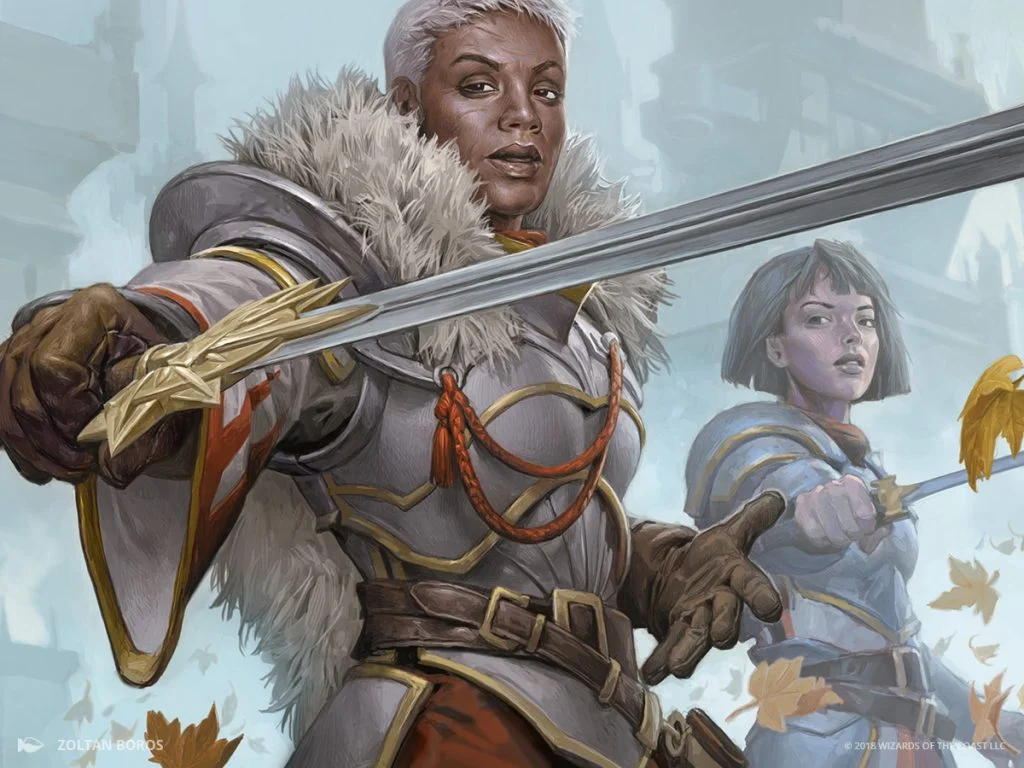
Psionic Strike
Now we come to your offensive option: Psionic Strike.
When you need that extra bit of “oomph” to your attack, this is nice to have!
Once on each of your turns, immediately after you hit a target within 30 feet of you with an attack and deal damage to it with a weapon, you can expend one Psionic Energy die, rolling it and dealing force damage to the target equal to the number rolled plus your Intelligence modifier.
You’ll get some decent use out of this.
In the early levels, the damage from this will go a bit further. After all, enemies tend to be weaker. Just make sure you’re spending those Psionic Energy dice wisely!
Once you get Telekinetic Thrust at level 7, this becomes more useful as a control option instead of just being strictly damaging.
One important thing to be mindful of with Psionic Strike is that it is a separate source of damage from your attack.
The negative part of this is that the damage from your Psionic Strike isn’t doubled on a critical hit. It’s a different damage source from the attack’s damage.
But the bright side is that hitting an enemy that is concentrating on a spell and then adding your Psionic Strike to the attack forces them to make two concentration saving throws!
Telekinetic Movement
Rounding out your Psionic Power options, we have a movement option.
Though it’s perhaps a different type of movement than you might be thinking… We are talking about psionics after all!
As an action, you target one loose object that is Large or smaller or one willing creature, other than yourself.
If you can see the target and it is within 30 feet of you, you can move it up to 30 feet to an unoccupied space you can see.
Alternatively, if it is a Tiny object, you can move it to or from your hand. Either way, you can move the target horizontally, vertically, or both.
Once you take this action, you can’t do so again until you finish a short or long rest, unless you expend a Psionic Energy die to take it again.
So this isn’t so much related to your own movement, but rather your ability to move objects and other creatures using your mind!
This option is pretty situational by nature, but it does present an exciting utility option.
Realistically, once per short or long rest is probably plenty. Unless it’s an absolute emergency (like pulling a friend out of a monster’s grapple), you shouldn’t need to spend your Psionic Energy dice for this.
This also brings up an interesting point: even though the target is willing, this is still considered to be “forced movement.” That means that this won’t provoke opportunity attacks if you’re pulling an ally out of a sticky situation!
Beyond that, you’ll have some handy utility with this option.
For example, you can psionically move prison cell keys off of a sleeping guard’s desk. Alternatively, you could safely drop an object onto a weighted pedestal without fear of falling victim to the trap it activates!
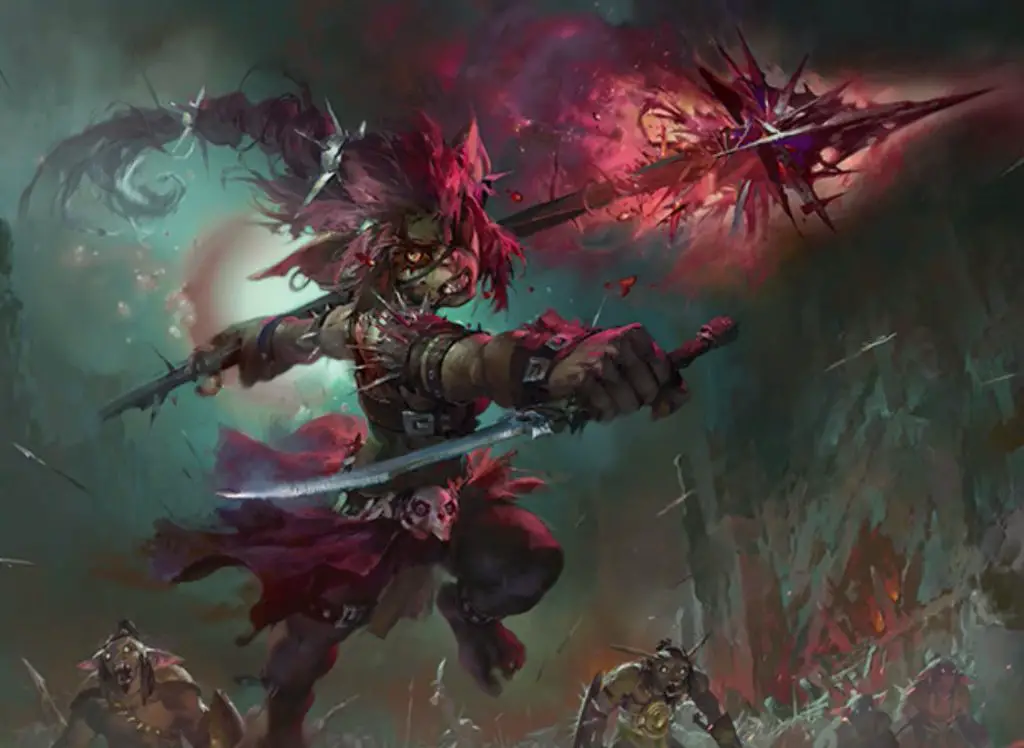
Telekinetic Adept (Level 7)
By level 7 you’ve likely become accustomed to using and managing your Psionic Energy dice.
So, it’s time for some new options for how to spend them!
Psi-Powered Leap
We start things off by taking to the air with a Psi-Powered Leap!
You might have had a flying enemy mocking you in combat, but this will certainly make them change their tune!
As a bonus action, you can propel your body with your mind. You gain a flying speed equal to twice your walking speed until the end of the current turn.
Once you take this bonus action, you can’t do so again until you finish a short or long rest, unless you expend a Psionic Energy die to take it again.
Realistically, gaining this flying speed until the end of your turn should still be more than enough.
It can help you clear obstacles like pits, lava, or a large wall. Of course, it can also be handy if you find yourself taking a sudden and unexpected fall!
In combat, you can whoosh up to your foe and hit them with everything you’ve got. Heck, you could even Action Surge to get even more benefit out of it!
Just be mindful of where you’re landing. This ends at the end of your current turn and not at the beginning of your next.
Leaping 60 feet into the air with no plan is a great way to go from looking cool to falling on your face in a matter of seconds. Not to mention taking some nasty fall damage in the process!
Telekinetic Thrust
At level 7, you’re also gaining access to the Telekinetic Thrust option. This gives your Psionic Strike a very nice boost while also giving it some extra potential for control in combat.
When you deal damage to a target with your Psionic Strike, you can force the target to make a Strength saving throw against a DC equal to 8 + your proficiency bonus + your Intelligence modifier.
If the save fails, you can knock the target prone or move it up to 10 feet in any direction horizontally.
Against most enemies, this is a good option to have. Naturally, you’ll want to lower your expectations against obviously stronger enemies like Fire Giants, Ogres, or other brutes.
However, it doesn’t cost you anything to add this to your Psionic Strike. So if you’re already set on using that, it’s at least worth seeing what happens!
Remember though: more Intelligence = a higher save DC = more likely for enemies to fail!
In most situations, it’s best to knock your enemy prone.
When that happens, make sure that your party is ready to dogpile them. Melee attacks on prone enemies within 5 feet are a great and reliable way to get an easy advantage on your attacks!
In other situations, it might be better to simply knock them back 10 feet.
For example, if you’ve got a lot of ranged attackers in your party, you would actually be giving them disadvantage on their attacks by knocking the enemy prone!
Of course, the ideal situation for pushing the enemy 10 feet is when they’re next to some kind of hazard. Pushing them off a bridge, into lava, or some other such tactic can be particularly effective!
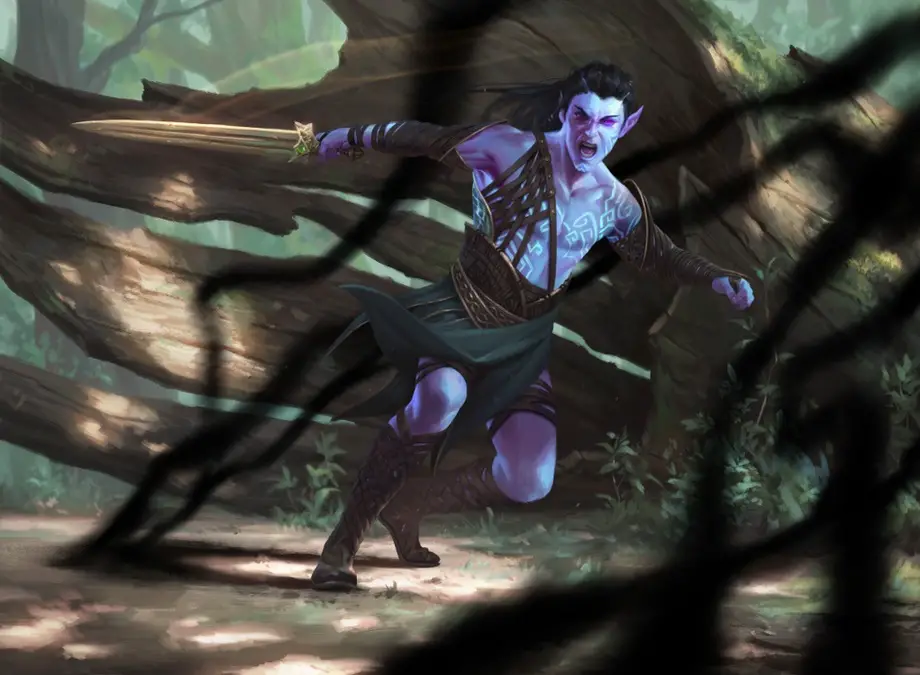
Guarded Mind (Level 10)
Got enemies that like to play mind games? Found yourself on a Fey’s bad side?
Good thing you’ve got a Guarded Mind!
You have resistance to psychic damage.
If you start your turn charmed or frightened, you can expend a Psionic Energy die and end every effect on yourself subjecting you to those conditions.
It’s easy to write this feature off. However, situations where it’s most useful can often turn dire very quickly!
First things first, resistance to psychic damage can be handy. While there aren’t a TON of enemies that deal it, those who do (like Mind Flayers) can be terrifying to encounter!
The second part of this feature depends heavily on what type of adventure you’re playing.
Charms and Fear effects can be devastating, especially in the hands of the types of creatures you’re encountering here in the mid-levels of the game.
Not to mention, they tend to especially hurt martial characters like Fighters.
In the right (or wrong) situation, spending a Psionic Energy die to rid yourself of these effects can be a very good decision!
Bulwark of Force (Level 15)
What’s better than a defensive buff for Psi Warrior?
A defensive buff that they can share with their allies, of course!
As a bonus action, you can choose creatures, which can include yourself, that you can see within 30 feet of you, up to a number of creatures equal to your Intelligence modifier (minimum of one creature).
Each of the chosen creatures is protected by half cover for 1 minute or until you’re incapacitated.
Once you take this bonus action, you can’t do so again until you finish a long rest, unless you expend a Psionic Energy die to take it again.
Bulwark of Force is an excellent feature that will do a lot to improve you and your group’s survivability.
Because half-cover lets you add +2 to your AC, you and those you protect will be taking noticeably less damage.
Hopefully, you’ve got an 18 Intelligence score by this point which lets you cover yourself plus three others. (Of course, you could entirely give the benefit to four others if you’re feeling especially selfless!)
Getting this for free once per day is excellent, especially for those tense moments when every point of Armor Class counts.
But don’t be overly shy about using your Psionic Energy dice for this.
As much as I’ve insisted to be careful with how much you are spending them, Bulwark of Force is an excellent use of your Psionic Energy.
Maybe it’s not an “every single fight” kind of feature, but it’s definitely one that you shouldn’t be too hesitant to use!
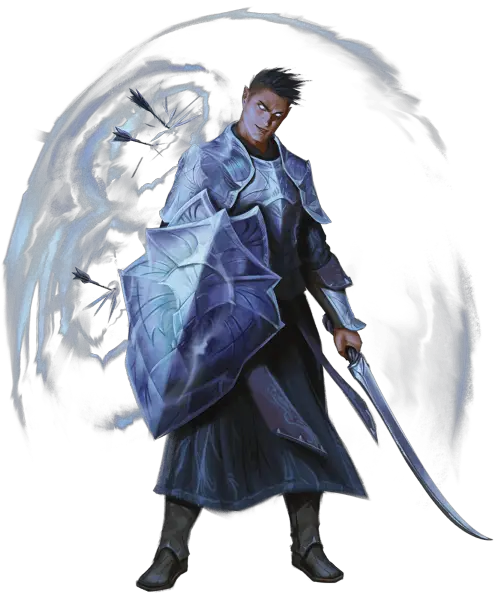
Telekinetic Master (Level 18)
At last, we come to the Psi Warrior Fighter’s capstone feature: Telekinetic Master.
There are a few moving parts to this one, but it’s pretty impressive!
You can cast the telekinesis spell, requiring no components, and your spellcasting ability for the spell is Intelligence.
On each of your turns while you concentrate on the spell, including the turn when you cast it, you can make one attack with a weapon as a bonus action.
Once you cast the spell with this feature, you can’t do so again until you finish a long rest, unless you expend a Psionic Energy die to cast it again.
There’s a ton of potential with the Telekinesis spell.
Throwing and moving creatures and objects is pretty fun as it is. If you can maintain concentration, it’s up to 10 minutes of some truly excellent control!
Toss your enemies into environmental hazards, leave them dangling in the air for you to use as target practice… the tactical possibilities are virtually endless!
By level 18, you’ve almost certainly gotten your Intelligence score up to 20 which means enemies will have a much harder time making their saving throws.
But that’s just the tip of the iceberg!
Each turn that you’re concentrating on the Telekinesis spell, you’re also getting an additional attack using your bonus action.
Note that this doesn’t require that you have used Telekinesis on a subsequent turn. As long as you’re concentrating on it, you’re getting this additional attack!
Getting this once per long rest for free is nice. However, if ever there was something worth spending your Psionic Energy dice on, it’s Telekinetic Master!
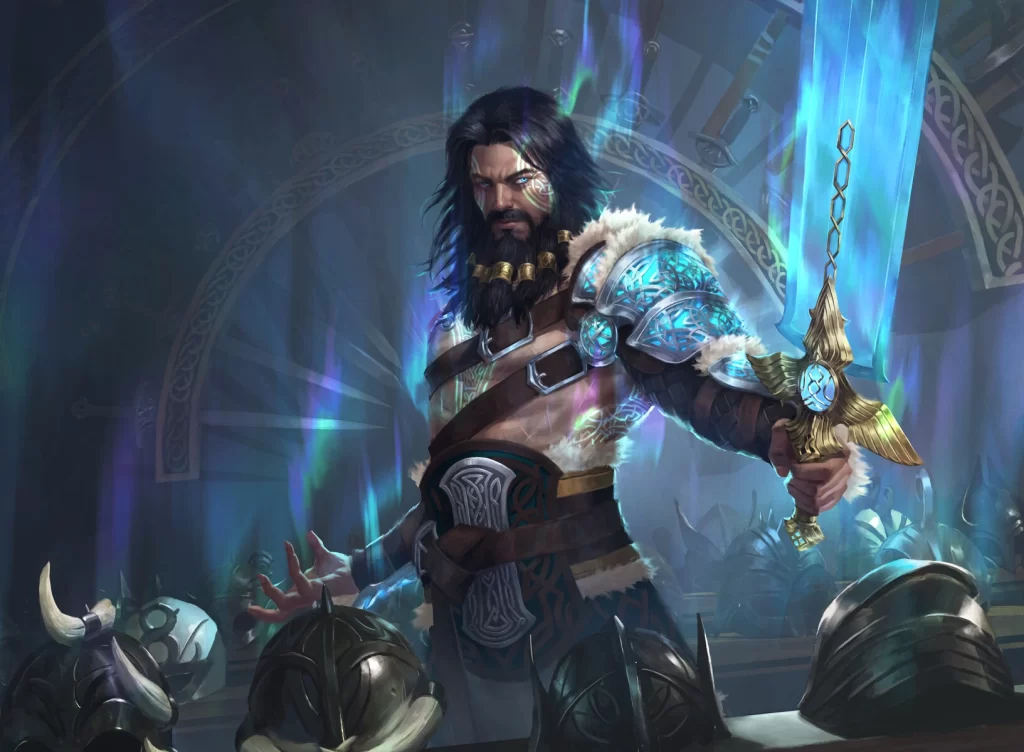
Connections
Psi Warrior Fighters are very adaptable when looking for ways to connect them to your story and party.
The thing that most comes to mind with this subclass is certainly the Jedi from Star Wars.
A monastic order of Psi Warriors who combine martial prowess with mystical features is just a recipe for an incredible backstory. There are not really two ways about that!
That said, you certainly aren’t obligated to play your Psi Warrior as a Jedi.
Perhaps your character was from a military unit that took part in some kind of experiment that was meant to create “psychic super soldiers.” While the experiment was ultimately shut down, you’ve still been able to develop and control the powers that were awakened.
Or perhaps there’s something a bit more… alien… to your character…
As the sole survivor of a raid on a Mind Flayer colony, you thought you only escaped with your life. Some nights you still might wake up in a cold sweat from reliving that nightmare.
But as your powers have begun to develop, you realize that you might have escaped with a little bit more than you expected.
When it comes to psionic powers, the sky is truly the limit. So get creative!
Ask yourself: how does your Psi Warrior view these powers? How did they gain them? What about this adventure will help them learn more and develop their awakened psychic abilities?
Best Races for Psi Warrior Fighters
Githzerai are the race option that most immediately comes to mind with the Psi Warrior Fighter. When it comes to any kind of psionic shenanigans, they’re always a top pick!
But don’t rule out High Elves, as well. They’re known for their discipline and prowess and would certainly be likely to take an interest in the incredible potential of the Psi Warrior.
Not to mention, High Elves benefit from bonuses to both their Dexterity and Intelligence. This can be very useful for a more agile Psi Warrior build!
Variant Human and Custom Lineage are, of course, always great options as well.
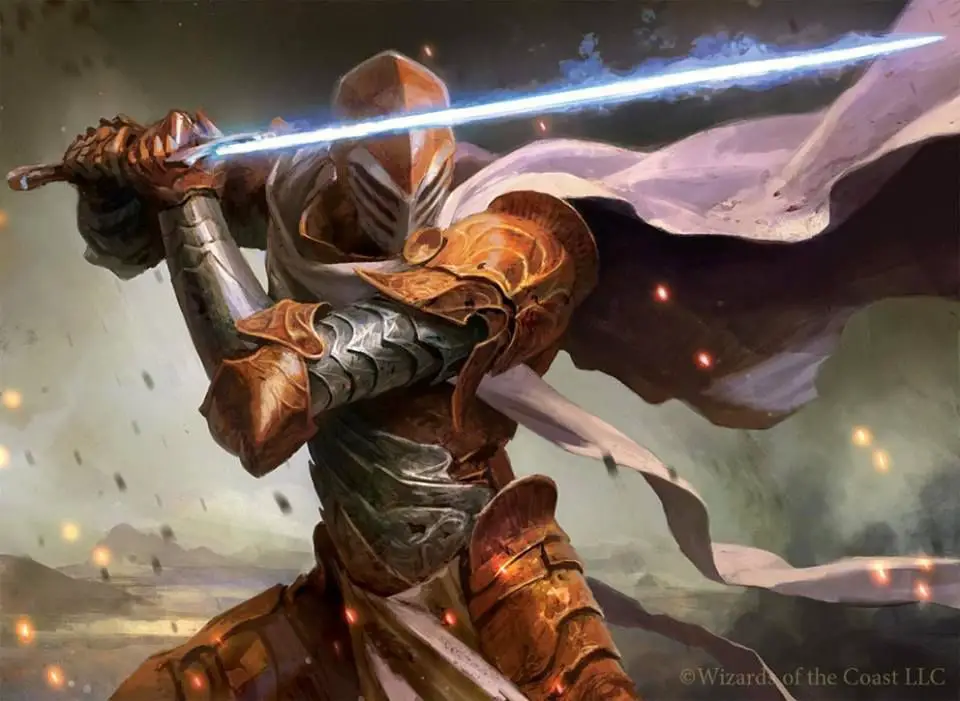
Best Feats for Psi Warrior Fighters in D&D 5e
Your main focus should be using your Ability Score Increases to increase your Intelligence as fast as possible. Not to mention either your Dexterity or Strength (depending on your build).
But that doesn’t mean there aren’t some great feats worth considering as well!
Dual Wielder can be a very good option for Psi Warrior Fighters who prefer two-weapon fighting. Your psionic abilities don’t require you to have a free hand and having that extra weapon can help you make the most of your bonus action.
Great Weapon Master is an excellent option if you’re going for more of a Strength-based build. Using your psionic features to maintain control in combat and then punishing your foes with Great Weapon Master makes for a brutal one-two punch!
Of course, Polearm Master is always a great option that’s worth mentioning. The additional attack with your bonus action PLUS taking opportunity attacks when foes enter your range PLUS having extra range is simply vicious.
Sentinel is a must-have if you prefer a more defensive playstyle (which the Psi Warrior can certainly do well.) Between the Sentinel feat and your psionic abilities, you’ll have little problem locking enemies down in combat.
It might also be worth considering the Fey Touched feat. Gaining an extra point of Intelligence is nice, but I particularly like getting the use of Misty Step for positioning. It’s also a good chance to pick up a spell like Dissonant Whispers which could also be helpful while fitting your psychic theme.
Of course, if you’re wanting to play a ranged combat Psi Warrior, you’ll want the Sharpshooter feat. It’s not a bad idea to also pick up Crossbow Expert as well to give you a bonus action attack if you fancy using a crossbow instead of a longbow.
Related: Feats in D&D 5e Explained
Best Multiclass Options for Psi Warrior Fighters in D&D 5e
The Psi Warrior’s best features are towards the later levels. I’m a bit slow to recommend multiclassing if you plan on reaching those higher levels because you can really miss out on the real “meat” of this subclass.
However, maybe you don’t care about those features or don’t plan on playing into those higher levels.
In that case, there are some appealing Psi Warrior Fighter multiclassing options!
Related: Full Guide to Multiclassing in D&D 5e
Rogue
Grabbing levels in Rogue immediately comes to mind for multiclassing a Psi Warrior Fighter. Particularly the Soulknife Rogue, who also use Psionic Energy to power their features.
Though an Arcane Trickster could also be an excellent option. Mixing martial prowess, psionic energy, and arcane mind tricks, it would certainly be an interesting combination!
Wizard
If you’re going for a more Dexterity and Intelligence-based build, it could be worth picking up a couple of levels in the Bladesinger Wizard.
That would give you access to the Bladesong feature which will have some very nice synergy with the Psi Warrior’s features.
Though you might instead consider picking up a couple of levels in the War Magic Wizard.
That subclass will let you add your Intelligence modifier to your initiative rolls as well as use your reaction to boost your AC and saving throws.
Plus, dipping into Wizard is a quick way to gain Find Familiar which provides you with even more fun utility!
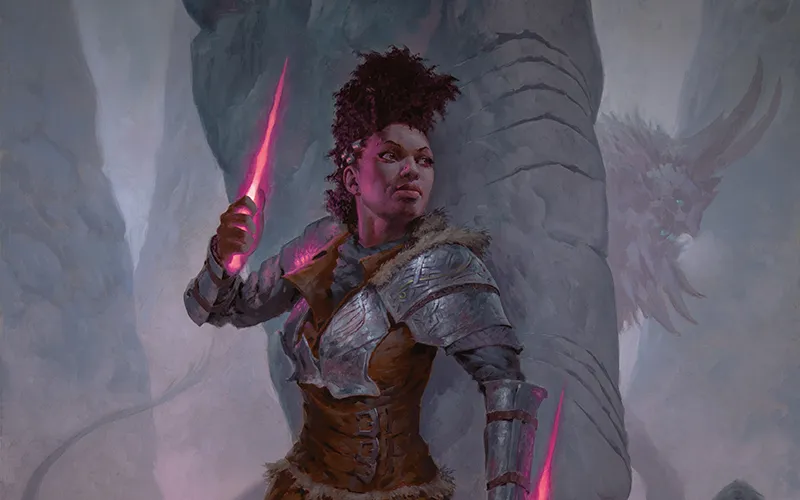
Is the Psi Warrior Fighter Good?
The psionic abilities of the Psi Warrior Fighter are just, in a word, fantastic. I mean, what’s not to love about it?
Mechanically, the Psi Warrior keeps pace wonderfully at every level. There’s plenty to this class that makes it fun for both new and veteran players alike.
The biggest drawback to the Psi Warrior Fighter is its Psionic Energy dice.
With any class that has a resource, it’s going to be incredibly important to properly manage that resource. That’s certainly fair enough.
However, the Psi Warrior has a small pool of their primary resource which means you need to be EXTRA careful.
Sure, you can recover some of your Psionic Energy dice on a short rest.
But if you’re spending them recklessly, that won’t matter much. It will only slow down the group’s progress if you’re trying to rest after every single fight.
If you can learn to properly manage your Psionic Energy dice, however, you’ll have a great time with the Psi Warrior Fighter.
Recommended: Ranking EVERY Fighter Subclass in D&D 5e!
Conclusion – Psi Warrior Fighter in D&D 5e
I hope you’ve found this guide to 5e’s Psi Warrior Fighter helpful!
It’s nice to see a subclass that does such a good job mixing overall utility and combat performance in a way that really captures the imagination.
Games where we’ve had a Psi Warrior Fighter in the group always lead to some of the craziest and most intense descriptions in combat. It’s certainly a very cinematic subclass!
But that’s a wrap for this one.
As always, feel free to reach out in the comments if you have questions, build ideas, or anything else to share!

